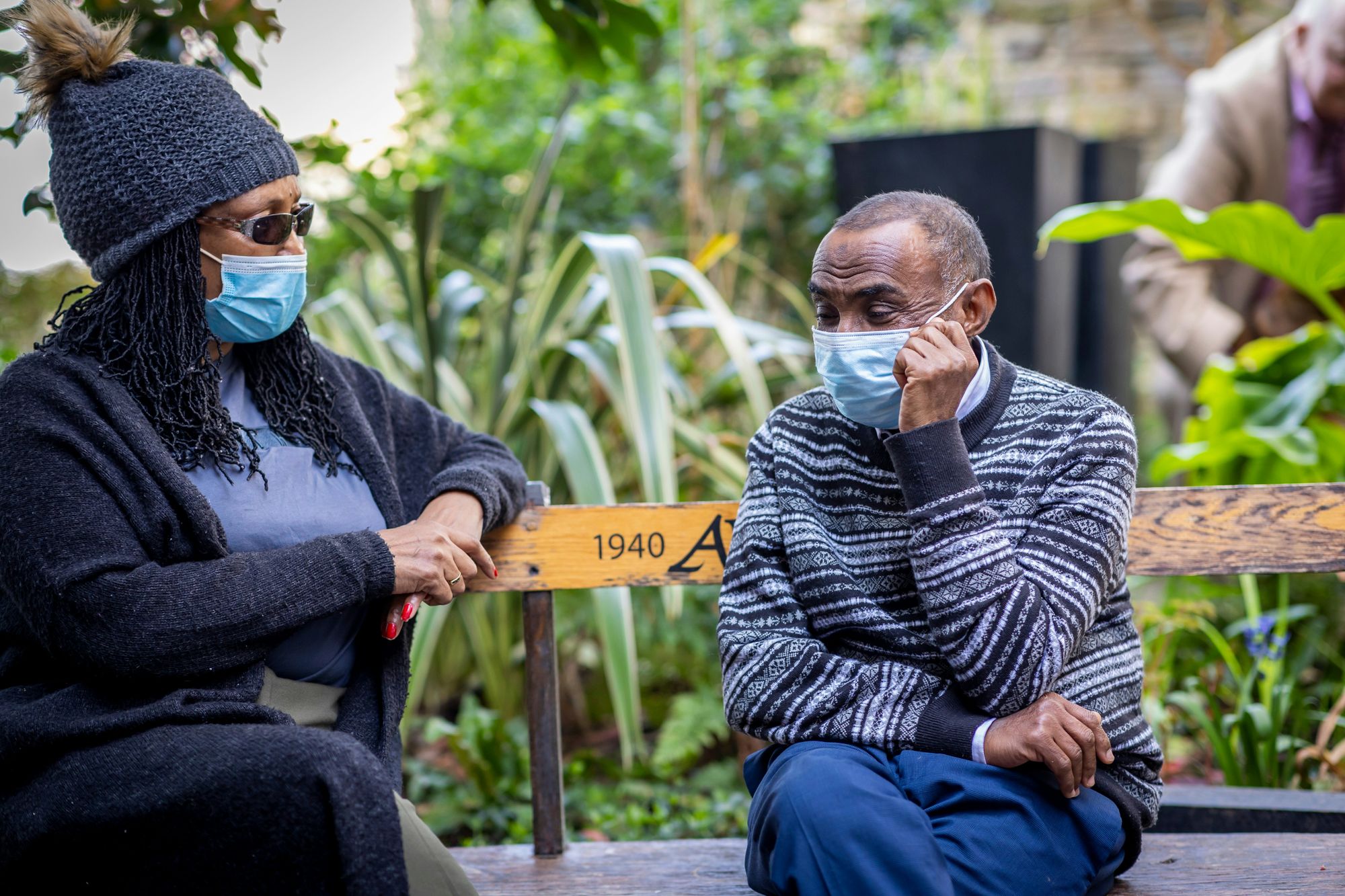Receiving a terminal diagnosis changes everything. While processing this news yourself, you may also face the challenging task of sharing it with family and friends. This guide offers compassionate strategies for having these profound conversations while honouring both your needs and those of your loved ones.
Understanding Your Own Needs First
Before sharing your diagnosis with others, take time to check in with yourself. The way you feel about sharing this news might vary depending on who you're telling and what kind of support you need from them.
Ask yourself:
"What do I need from this particular conversation?"
- Simple presence and companionship
- Practical help with upcoming decisions
- Emotional support and understanding
- Space to express fears and hopes
- Physical comfort like a hug
- Help making plans for what's ahead
Your needs may be different with different people, and that's perfectly normal. Being clear about what you hope to receive from each conversation can help guide how you approach it.
Creating the Right Moment
The environment and timing of these conversations matter, especially when sharing life-changing news. Consider both your comfort and that of the person you're telling.
Physical Comfort Matters
Choose a time and place where everyone can be present and comfortable:
- A quiet, private space without distractions
- Comfortable seating where you can face each other
- A setting where emotional expressions feel safe
- A time when pain is well-managed (if relevant)
- Enough time to avoid feeling rushed
Remember that physical comfort supports emotional presence. If you're managing symptoms or pain, it's okay to take medication beforehand to ensure you can be fully present for the conversation.
Opening the Conversation
Starting these conversations can feel overwhelming. Medical professionals often use the concept of a "warning shot" - a gentle signal that difficult news is coming. This approach can help prepare both you and your listener.
Gentle Introductions Might Sound Like:
"I got some test results back that I need to share with you"
"I need to tell you something important about my health"
"The doctors have given me some difficult news"
These opening statements help:
- Prepare others emotionally for what's coming
- Give them a moment to brace themselves
- Signal the seriousness of the conversation
- Create a focused space for sharing
Being Clear About What You Need
One of the most helpful things you can do is be direct about what you need from each person. This clarity helps them support you better and reduces their anxiety about "doing it wrong."
Examples of Expressing Needs:
"Right now, I just need you to listen"
"I don't know exactly what I need, but your presence helps"
"What would really help is if you could just sit with me for a while"
"I'm not looking for solutions, just understanding"
Meeting People Where They Are
Remember that while you've had some time to process this news, it's brand new for them. Consider their emotional state and circumstances when choosing when and how to share.
Consider:
- Their current stress levels
- Their immediate responsibilities
- Their emotional capacity
- Their relationship to you
- Their own health and well-being
Sometimes, suggesting a walk or another activity while talking can make the conversation feel less overwhelming for both parties.
The Importance of Silence
Silence isn't empty space - it's often where the deepest connections happen. Don't feel pressured to fill every moment with words.
Productive Silence Allows:
- Processing of emotions
- Natural reactions to emerge
- Deeper understanding to develop
- Authentic responses to form
Embracing Emotional Authenticity
When sharing news of a terminal diagnosis, trying to stay completely composed or intellectual can create distance rather than connection. It's okay to show emotion.
Authentic Emotional Expression:
- Allows tears when they come
- Acknowledges fears and hopes
- Makes space for others' emotions
- Creates genuine connection
Moving Forward Together
Remember that sharing your diagnosis is just the beginning of an ongoing conversation. You might need to:
- Share more details over time
- Express different needs as things change
- Have follow-up conversations
- Allow space for questions and processing
The goal isn't to have a perfect conversation but to open honest communication channels that will support you through this journey.
Disclaimer: This content is for informational purposes only and does not constitute professional financial, legal, or medical advice. Always consult with qualified professionals for guidance specific to your individual circumstances.





